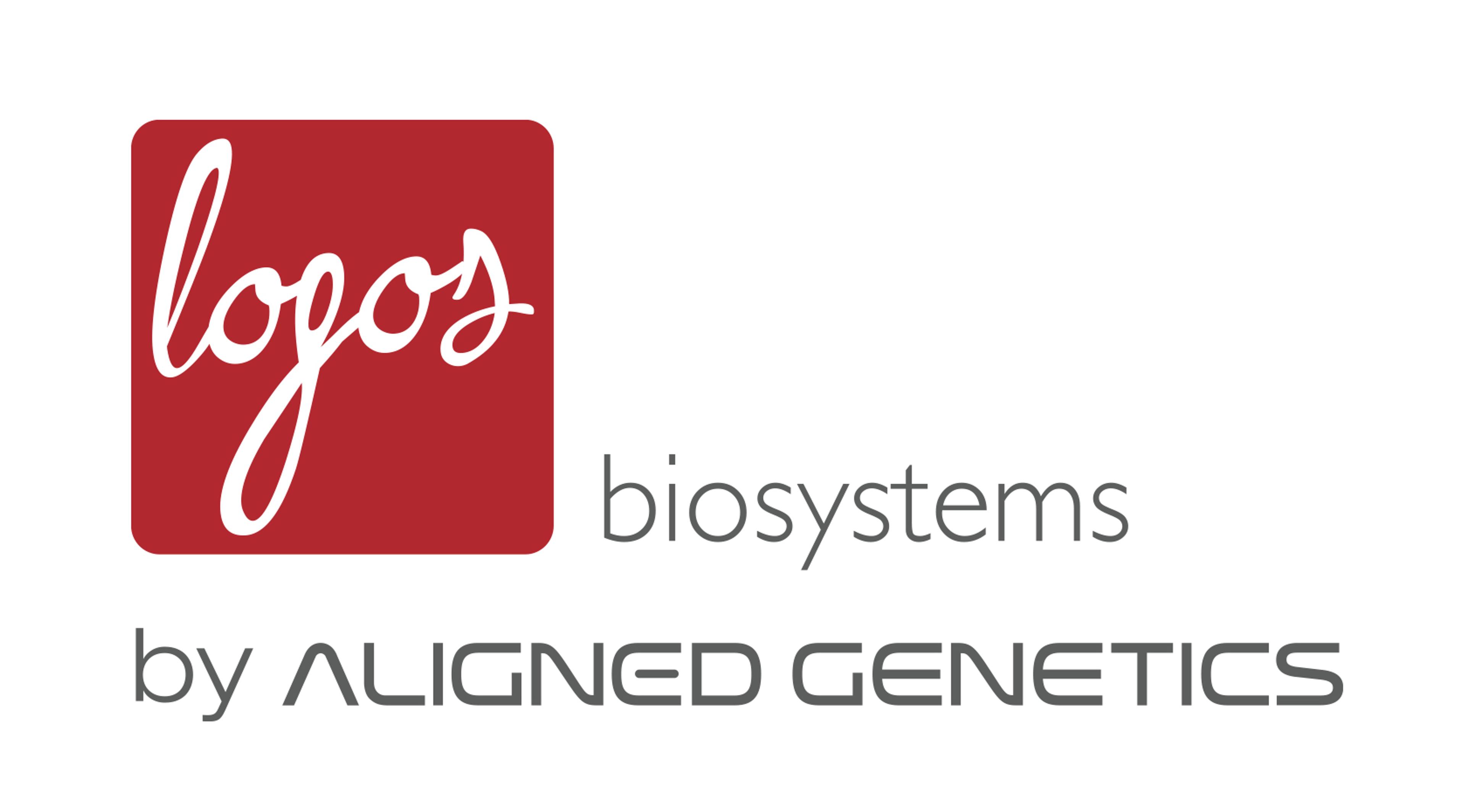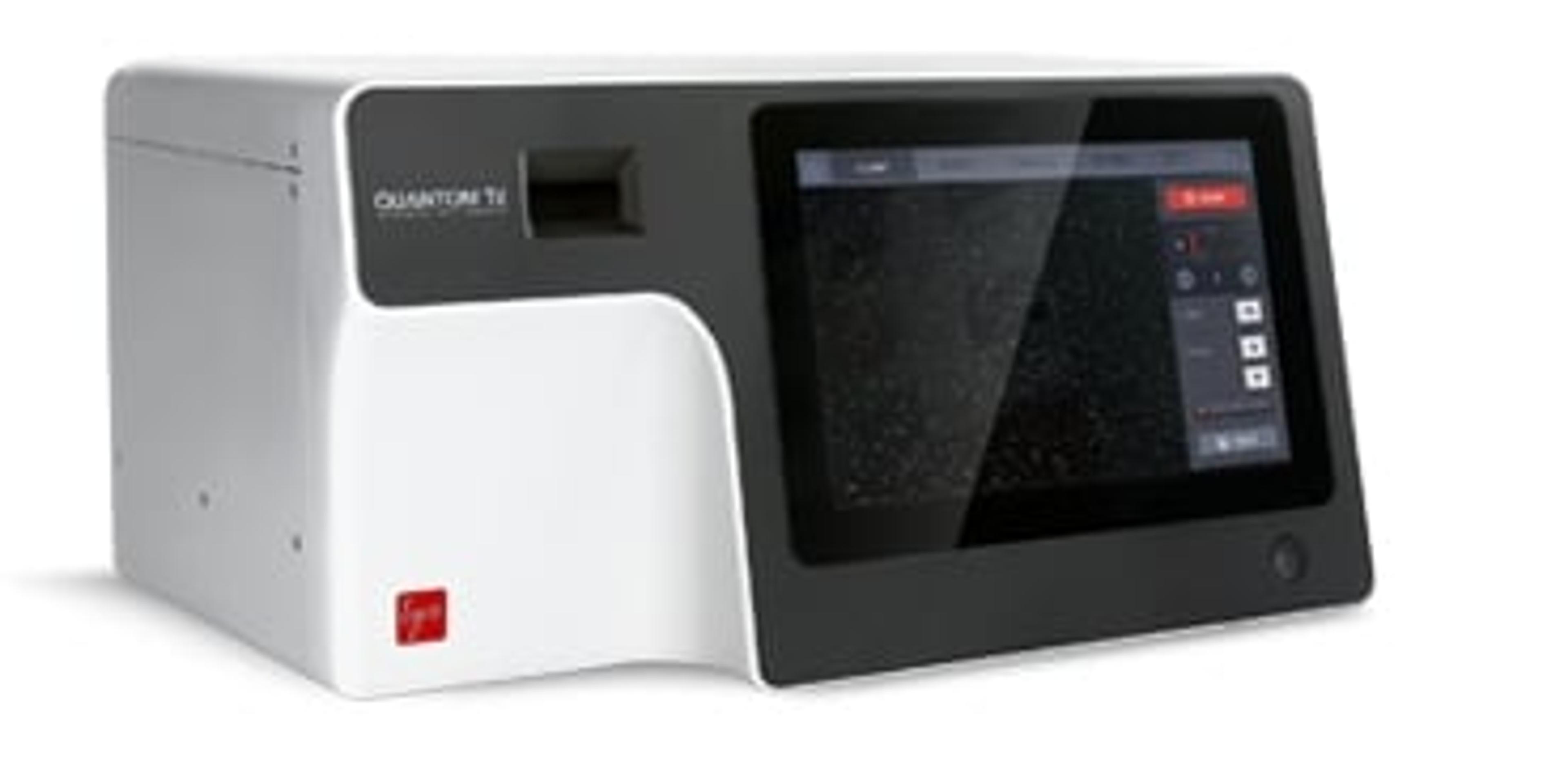
Accelerating bacterial quantification: Exploring rapid and accurate automated cell counting with the QUANTOM Tx
April 9, 2025 - 15:00 BST / 16:00 CEST / 10:00 EDT / 07:00 PDT
Counting bacterial cell samples using classical methods can be time-consuming, labor-intensive, and may require specialized equipment and expertise. The process can be long and complex, with limitations in terms of sensitivity, specificity, and accuracy, ultimately impacting the reliability of results.
Bacteria are an incredibly diverse group of organisms that come in multiple shapes, sizes, and arrangements making colony counting a difficult process. However, the QUANTOM Tx™ Microbial Cell Counter offers solutions to these challenges by providing rapid and accurate bacterial quantification.
Join us for this exclusive webinar to explore how the QUANTOM Tx™ Microbial Cell Counter is transforming bacterial quantification. Learn how its advanced bacteria-cell detection software enables rapid and precise counting—in minutes, not days—without the need for culturing.
The novel bacteria-cell detection software is able to detect individual cells despite genome size, morphology, cell size, or motility, and even in the tightest of clusters. Time-saving solutions with reliable and accurate counts make the QUANTOM Tx™ Microbial Cell Counter a valid option for bacteria research.
Key learning objectives
- Learn a direct method for rapid and accurate counting of bacteria with no culturing needed
- Understand how the QUANTOM Tx™ provides quantitative results in minutes for total cells and viable cells
- Learn how common, but difficult, samples can be easily and accurately counted using the novel bacteria-counting software of the QUANTOM Tx™.
- See how using the QUANTOM Tx™ streamlines lab productivity
Who should attend?
- Students, graduate students, and doctoral students
- Post doc researchers, assistant/associate professors, and professors
- Lab technicians, lab specialists, scientists, and researchers
- Lab Managers, lab supervisor/directors
- Principal Investigators, QA/QC managers/supervisors, Chief Scientific Officer, and VP of Research and Development
Certificate of attendance
All webinar participants can request a certificate of attendance, including a learning outcomes summary, for continuing education purposes.
Speakers


